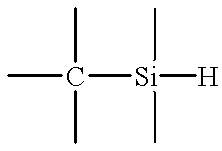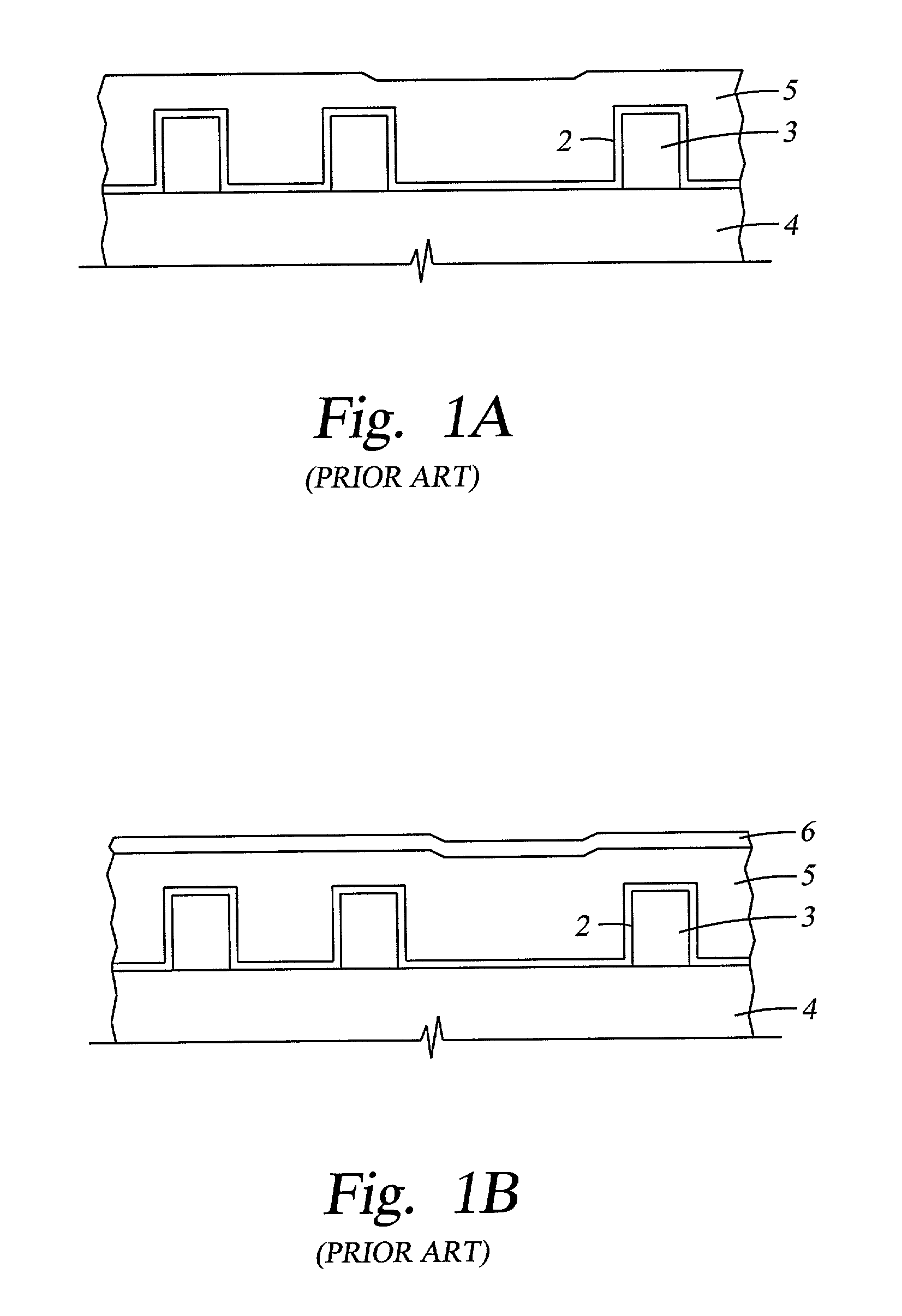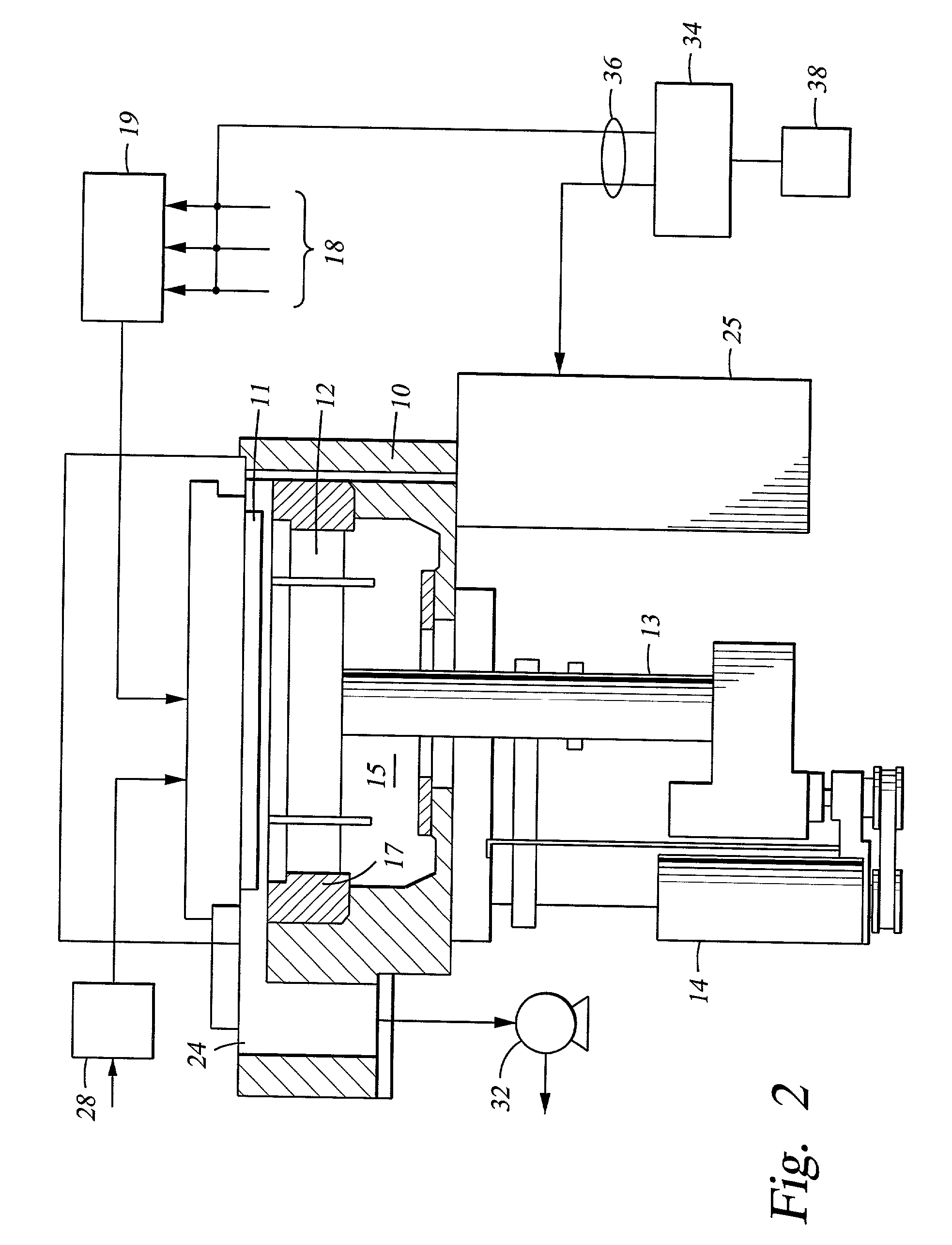Plasma processes for depositing low dielectric constant films
a dielectric constant film and plasma technology, applied in the field of process and apparatus for depositing dielectric layers on a substrate, can solve the problems of affecting the overall performance of the device, and insufficient material as an etch stop layer
- Summary
- Abstract
- Description
- Claims
- Application Information
AI Technical Summary
Problems solved by technology
Method used
Image
Examples
example
[0106] The following example and demonstrates deposition of an oxidized organosilane or organosiloxane film having excellent barrier and adhesion properties. This example was undertaken using a chemical vapor deposition chamber, and in particular, a "CENTURA DxZ" system which includes a solid-state RF matching unit with a two-piece quartz process kit, both fabricated and sold by Applied Materials, Inc., Santa Clara, Calif.
Non-Pulsed RF Power
[0107] An oxidized dimethylsilane film was deposited at a chamber pressure of 3.0 Torr and temperature of 15EC from reactive gases which were flowed into the reactor as follows:
4 Dimethylsilane, (CH.sub.3).sub.2SiH.sub.2, at 55 sccm Nitrous oxide, N.sub.2O, at 300 sccm Helium, He, at 4000 sccm.
[0108] The substrate was positioned 600 mil from the gas distribution showerhead and 20 W of high frequency power (13 MHz) was applied to the showerhead for plasma enhanced deposition of an oxidized dimethylsilane layer. The oxidized dimethylsilane material...
PUM
| Property | Measurement | Unit |
|---|---|---|
| feature sizes | aaaaa | aaaaa |
| feature sizes | aaaaa | aaaaa |
| dielectric constant | aaaaa | aaaaa |
Abstract
Description
Claims
Application Information
 Login to View More
Login to View More - R&D
- Intellectual Property
- Life Sciences
- Materials
- Tech Scout
- Unparalleled Data Quality
- Higher Quality Content
- 60% Fewer Hallucinations
Browse by: Latest US Patents, China's latest patents, Technical Efficacy Thesaurus, Application Domain, Technology Topic, Popular Technical Reports.
© 2025 PatSnap. All rights reserved.Legal|Privacy policy|Modern Slavery Act Transparency Statement|Sitemap|About US| Contact US: help@patsnap.com



